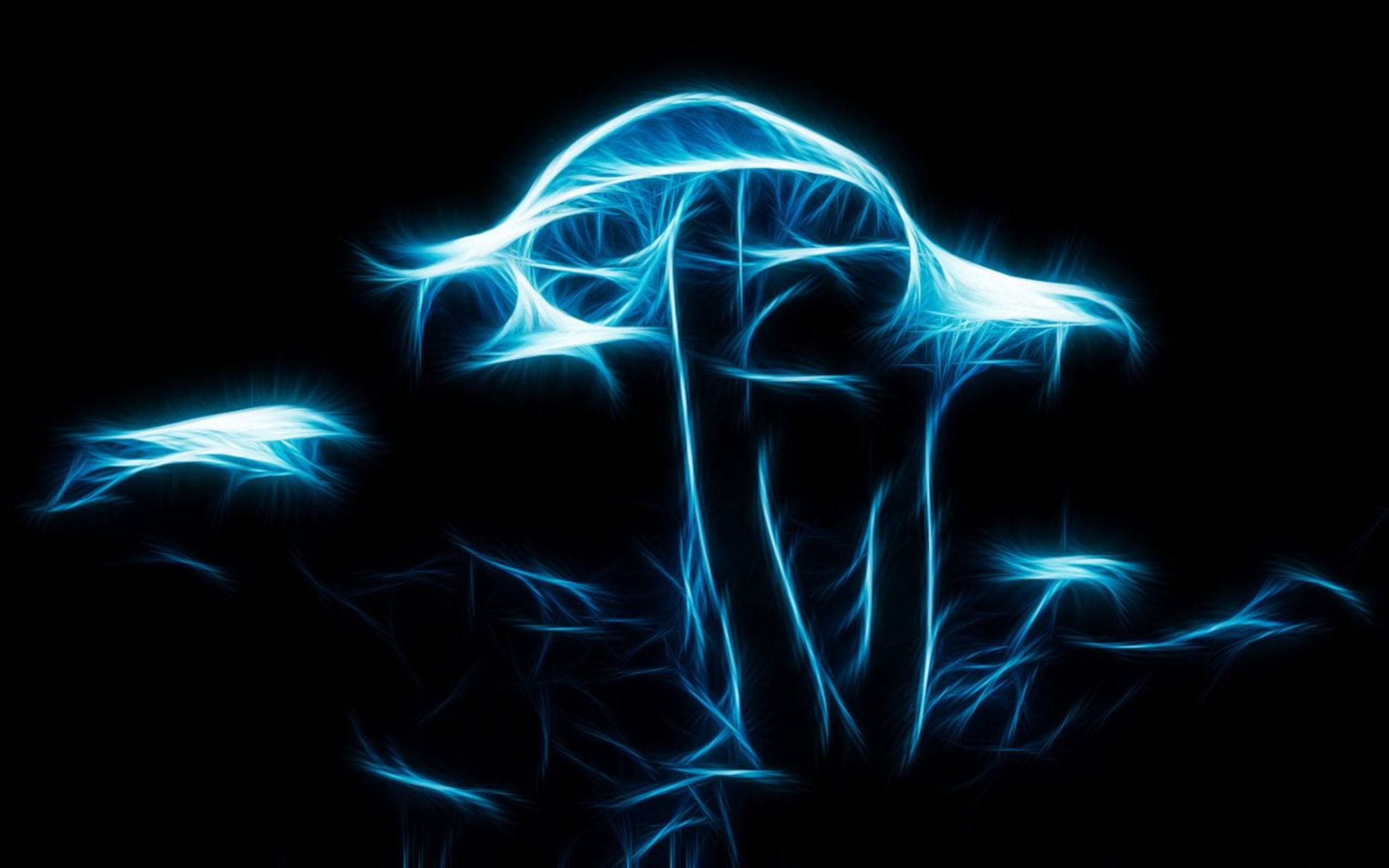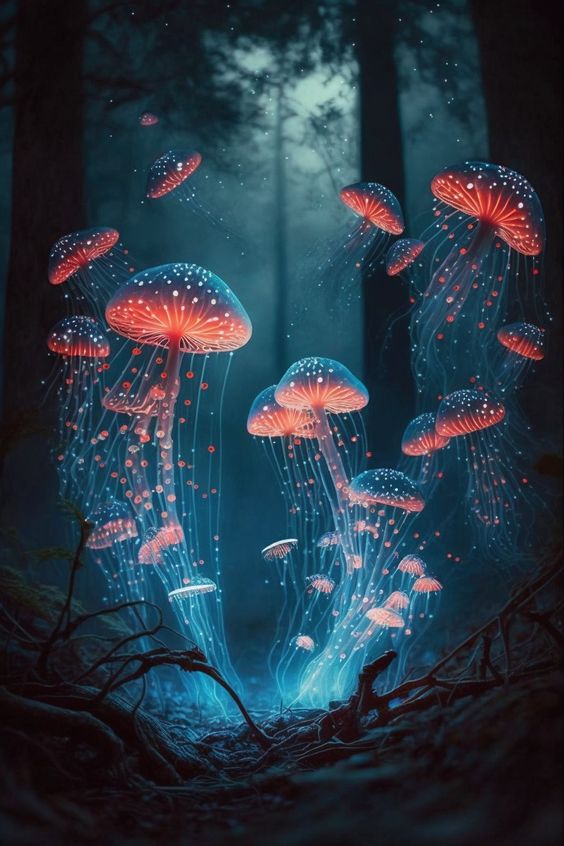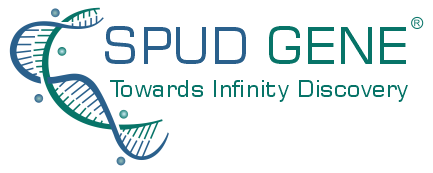

Home » Psychedelice » Psilocybin Therapy
Psilocybin Therapy
Psilocybin therapy is a psychotherapeutic method guided by a therapist, who uses psilocybin in a monitored and secure manner. Psilocybin is a compound that can alter the state of consciousness and induce hallucinations, as well as heighten emotions and facilitate mystical experiences. While many people may perceive hallucinogenic medications as unconventional, it is worth noting that medical institutions such as John Hopkins are studying and implementing psilocybin therapy. Clinical trials examining the effects and dosages of psilocybin as a therapeutic approach are currently being conducted in healthcare clinics to treat conditions such as depression, anxiety, addiction, obsessive-compulsive disorder (OCD), and post-traumatic stress disorder (PTSD). The interest in psilocybin research is rapidly expanding.
Contents
The History of Psilocybin Therapy
The Swiss chemist, Albert Hofmann, extracted psilocybin compound from psilocybe Mexicana in 1958. Sandoz, Hofmann’s employer, distributed pure psilocybin to doctors worldwide for psychotherapy purposes. Research on psilocybin-containing mushrooms continued in the following years. However, public concerns about mushroom misuse led to a total ban in many countries, resulting in limitations on these studies and a lack of funding. This situation persisted until the 1990s when researchers once again became interested in the study of mushrooms. In the last two decades, the study’s results have demonstrated the safety, high effectiveness, and limited and controllable side effects of psilocybin in participants. These findings have established it as an innovative therapy for mental disorders. Most scientific studies thus far have involved prescribing specific doses of psilocybin to induce special mental experiences. In the early years of the twenty-first century, academic institutes such as John Hopkins and Yale conducted research on psilocybin therapy. Actually, John Hopkins University became the first institution to receive a permit for monitoring psychedelic research in 2000, decades after research prohibition in 1970. A study analyzing psilocybin’s effects on depressed patients with cancer was conducted in 2004, and its results drew attention to resume further psilocybin studies. John Hopkins published its first article on the long-lasting effects of one or two psilocybin doses in a double-blind study.The researchers concluded that prescribing psilocybin in a secure environment can improve mood and induce experiences such as mystical ones, with its psychological effects lasting at least eight weeks in individuals.

In recent years, several countries including Switzerland, Netherlands, Italy, Greece, Brazil, Cyprus, and the Czech Republic have begun decriminalizing psilocybin. Currently, over ten countries have enacted legislation allowing researchers to further study psilocybin. It is worth noting that decriminalization and the usage of this substance are primarily focused on its therapeutic value.

What Is Psilocybin Therapy
Psilocybin therapy involves the patient consuming psilocybin as part of the treatment. The therapy begins in a controlled and secure environment, where the therapist guides the patient through the experience. The effects of psilocybin trips typically last 6-8 hours. While some patients may undergo multiple sessions, the standard prescription is one or two doses within three weeks. The purpose of this process is to enable the patient to interpret perceptual experiences with the therapist, ultimately leading to a change in unhealthy behavioral patterns.
What Is Psilocybin Therapy

Psilocybin therapy involves the patient consuming psilocybin as part of the treatment. The therapy begins in a controlled and secure environment, where the therapist guides the patient through the experience. The effects of psilocybin trips typically last 6-8 hours. While some patients may undergo multiple sessions, the standard prescription is one or two doses within three weeks. The purpose of this process is to enable the patient to interpret perceptual experiences with the therapist, ultimately leading to a change in unhealthy behavioral patterns.
Psilocybin therapy is employed for individuals who are resistant to current therapeutic methods. This approach has shown success in alleviating depression, anxiety, or the feeling of fear and disappointment related to illness particularly in individuals with cancer. It is used as a treatment option for individuals who have been resistant to the current treatment approaches for depression. This method has high potential in reducing symptoms of depression and anxiety and promoting long-lasting recovery. Furthermore, psilocybin therapy has shown promising results for patients with post-traumatic stress disorder (PTSD). It has demonstrated notable positive effects in treating this condition.
Due to the expansive therapeutic index of psilocybin (1:1000) and a generally unattainable lethal dose, psilocybin boasts a favorable safety profile. In comparison to other psychedelics like MDMA and DMT, psilocybin exhibits a lower incidence of seizures, hospital admissions, and other severe adverse effects. Additionally, it lacks addictive or reinforcing properties. Several dose-escalating studies, involving supratherapeutic doses such as 50–60 mg or 5–6 grams, have yielded positive results with minimal safety concerns.
The primary concern with psilocybin lies in psychological safety rather than physiological safety, which is the typical focus for most conventional drugs like opioids, sedatives, and stimulants. Properly conducted Patient-Assisted Psychotherapy (PAP) aims to mitigate the potential for psychological harm through thorough patient preparation and close monitoring during sessions. Despite these precautions, the acute psychotomimetic effects associated with psilocybin may still pose a risk for psychological distress, and in rare instances, psychosis. Many of these effects are transient and linked to the therapeutic processing of emotions during sessions, such as changes in blood pressure, heart rate, and anxiety. Transient headaches may also occur the day after treatment. Clinical trial data, where rigorous screening and monitoring are implemented, report no serious adverse events.
Psilocybin therapy is employed for individuals who are resistant to current therapeutic methods. This approach has shown success in alleviating depression, anxiety, or the feeling of fear and disappointment related to illness particularly in individuals with cancer. It is used as a treatment option for individuals who have been resistant to the current treatment approaches for depression. This method has high potential in reducing symptoms of depression and anxiety and promoting long-lasting recovery. Furthermore, psilocybin therapy has shown promising results for patients with post-traumatic stress disorder (PTSD). It has demonstrated notable positive effects in treating this condition.
Due to the expansive therapeutic index of psilocybin (1:1000) and a generally unattainable lethal dose, psilocybin boasts a favorable safety profile. In comparison to other psychedelics like MDMA and DMT, psilocybin exhibits a lower incidence of seizures, hospital admissions, and other severe adverse effects. Additionally, it lacks addictive or reinforcing properties. Several dose-escalating studies, involving supratherapeutic doses such as 50–60 mg or 5–6 grams, have yielded positive results with minimal safety concerns.
The primary concern with psilocybin lies in psychological safety rather than physiological safety, which is the typical focus for most conventional drugs like opioids, sedatives, and stimulants. Properly conducted Patient-Assisted Psychotherapy (PAP) aims to mitigate the potential for psychological harm through thorough patient preparation and close monitoring during sessions. Despite these precautions, the acute psychotomimetic effects associated with psilocybin may still pose a risk for psychological distress, and in rare instances, psychosis. Many of these effects are transient and linked to the therapeutic processing of emotions during sessions, such as changes in blood pressure, heart rate, and anxiety. Transient headaches may also occur the day after treatment. Clinical trial data, where rigorous screening and monitoring are implemented, report no serious adverse events.
Effects of Psilocybin Therapy
Studies have demonstrated that psilocybin increases the functional connections between various areas of the brain, enhancing the individual’s mental flexibility and emotional tranquility. The effects of psilocybin therapy include:
- Decreased rates of depression and anxiety
- improved self-acceptance
- reduced anxiety towards challenges
- Mood improvements
- decreased concerns about future
- improved quality of life
According to studies, two-thirds of treatment-resistant patients, experience crucial improvements in mood and quality of life.
Drug Interactions
Simultaneous usage of psychotropic medications, particularly antidepressants and antipsychotics, can pose risks (related to safety) or potentially modify benefits (raising efficacy concerns). Many of these medications influence the serotonin system, including the modulation of 5-HT2A receptors. Since psilocybin and psilocin primarily interact with the serotonergic system, especially 5-HT2A, there exists a potential for pharmacodynamic drug interactions.
The most common pharmacodynamic interaction may lead to an intensified or diminished psychedelic experience. For instance, tricyclic antidepressants (TCAs) might heighten the intensity, while monoamine oxidase inhibitors (MAOIs) and selective serotonin reuptake inhibitors (SSRIs) could reduce it.
Interactions between serotonergic drugs may result in a rare but serious condition known as serotonin syndrome, where excessive serotonin signaling can lead to a potentially life-threatening adverse drug reaction. Although clinical trial protocols often mandate the tapering and discontinuation of these medications due to concerns about serotonin syndrome, there is a dearth of published cases of serotonin toxicity. A recent study involving standard-dose psilocybin administered to patients concurrently using SSRIs found no additional safety concerns, such as QT prolongation (an abnormal extension of the interval between heart contractions and relaxations) or serotonin syndrome, and no reduction in efficacy, such as an impact on positive mood. Nevertheless, this remains an area of ongoing investigation.
Moreover, potential pharmacokinetic drug interactions exist for phase II UGT substrates. Since psilocin undergoes primary metabolism by UGT 1A10 and 1A9, medications that can inhibit or induce these enzymes must be halted or tapered before administering psilocybin. Examples of UGT 1A10/1A9 inhibitors include diclofenac (a non-steroidal anti-inflammatory drug) and probenecid (a uric acid reducer). A thorough medication screening, especially for antidepressants, antipsychotics, psychostimulants, lithium, and other dopaminergic or serotonergic agents, should be conducted. In cases where there is concern for drug-drug interactions, an individualized risk-benefit assessment should be performed, possibly with an appropriate drug taper schedule. Healthcare professionals should be mindful of potential discontinuation syndrome and monitor for signs of distress if tapering psychotropic medications before administering psilocybin.
Considerations Regarding Psilocybin Treatment
- Many contraindications stem from a heightened risk of psychological distress, with particular emphasis on the infrequent yet potentially severe adverse occurrence of psychosis. Individuals with a history of schizophrenia, psychosis, bipolar disorder, and borderline personality disorder are typically considered unsuitable candidates for psilocybin use.
- Psilocybin should only be prescribed under the supervision of a therapist.
- Individuals with heart diseases or a family history of heart conditions should consult their doctor before using psilocybin.
- Psilocybin may interact with certain anti-depressants such as SSRIs, SNRIs, MAOIs, or mood stabilizer medications like Lithium.

